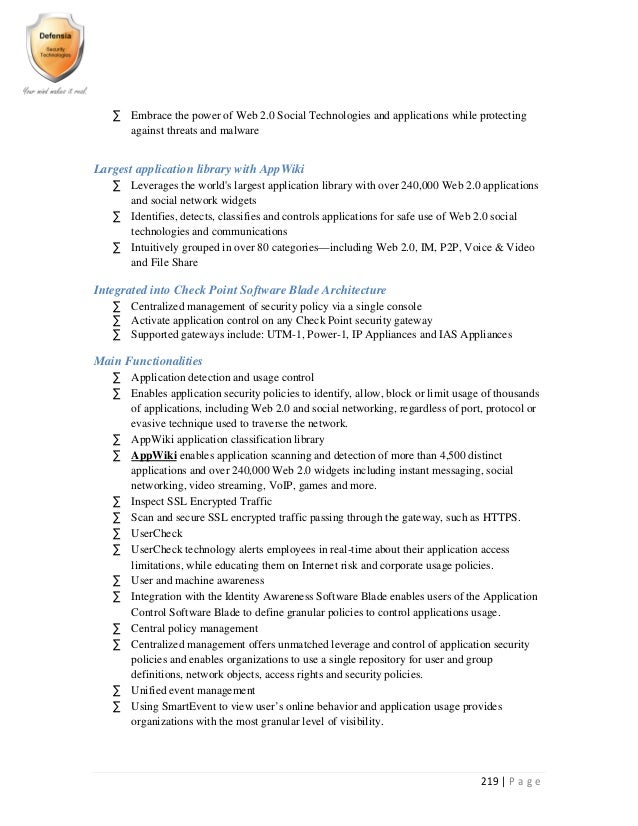Image source: http://www.lparetail.com/UserFiles/Image/markets/poS.jpg
What is Electronic Point of Sale?
Electronic point of sale is a self-processed computer system that performs business tasks and operations including checkouts, payments, verification transactions, sales reports, inventory monitoring and among others.
Electronic point of sale is designed for helping businesses. It is a valuable tool, not to mention if your business deals with a large number of sales and customers, needing a fast and accurate information processing. Through electronic point of sale, you may be able to process information at the shortest possible time.
What is the Difference between Point of Sale and Electronic Point of Sale?
The difference between EPOS and POS is that the former is electronic and automatic. POS only deals with sales and other business transactions manually. It does not have the capacity to record and adjust stock levels in split seconds. Likewise, there is no immediate debit in POS. EPOS makes use of a computer system (that includes hardware) in integrating business processes.
What is the System of Electronic Point of Sale?
EPOS system is composed of a computer with visual display unit. Depending on the industry, EPOS system may also include scanner, printer, cash drawer, customer display and keyboards.
EPOS uses touchscreen (touch screen EPOS) monitors where customers may be able to see how their items enter in the point of sale. The checkout in EPOS touchscreen is a lot faster than the traditional POS monitor.
What are the Different Electronic Point of Sale Systems?
Stand-alone EPOS system has EPOS terminal with software and a printer. The system has XML and EDI links that are used to connect information to the website.
Software-based solution has additional hardware such as magnetic card reader, keyboard and touch screen EPOS.
How Electronic Point of Sale Works?
In electronic point of sale, the item is scanned through a bar code and sends the information to the computer system. The computer then will pass on the price of the item to the customer display screen. The computer will print a receipt of transaction, removing the item from the stock and adjusting the inventory.
What are the Benefits of Electronic Point of Sale?
- Improves inventory forecasting
- Increases control on the business, improving profitability
- EPOS is linked to a website where customers can get up-to-date information of stocks online and determines which products are money-gainful and not commercial
- Suppliers can track sales and purchasing data, depicting business potential order plans

